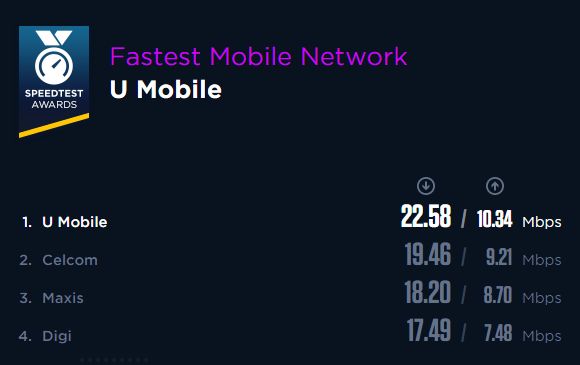Background and facts
In 2 Jun 2011 at around 10pm, 21 year-old National Serviceman Li Jianlin was knocked down by taxi driver, Mdm Asnah, 59 at a pedestrian crossing in Bukit Batok West Avenue 5. He suffered serious head and hip injuries and was hospitalised for 3 months.
The cab's insurer appealed with lawyer Anthony Wee arguing that Mr Li should be 35% to blame for failing to check for approaching traffic as he crossed the second half of the dual carriageway which had a centre divider. Mr Wee citied rule 20 of Highway Code: "Where a pedestrian crossing has a central refuge, each half is a separate crossing and you should treat it as such."
Judge of Appeal Chao Hick Tin and Justice Quentin Loh pointed to rule 22. It requires pedestrians at a light controlled crossing to wait on the footway until the traffic in front has come to a standstill. This means those on foot should keep a lookout for errant motorists regardless of how long the lights have turned in favour of the pedestrian, wrote Justice Chao.
Chief Justice dissented and the Court of Appeal decision is 2-1. The judgement means that when the case is returned to the High Court in September, the sum will be discounted by 15%.
In short, pedestrians who failed to check for incoming traffic at the traffic light junction has a 15% responsibility for any accident. (Ref: Straits Times news article)
Maths perspective from the pedestrian
| Pedestrian | Watch out for traffic | Responsibility | Chances of being knocked down |
| Traffic Light | No | 15% | >0% |
| Traffic Light | Yes | 15% | 0% |
| No Traffic light | Yes | >15% | 0% |
From the perspective of the pedestrian, pedestrians have 0% or no chance of being knocked down if we watch out for all incoming traffic before we cross at traffic light junction. But if we fail to watch out of traffic and was knocked down by any vehicle who is speeding and beating red lights, pedestrians are accountable for 15% at traffic light junctions.
Maths perspective from the driver
| Driver | Beat Traffic Light | Responsibility | Chances of knocking down someone |
| Traffic Light | No | 85% | 0% |
| Traffic Light | Yes | 85% | >0% |
| No Traffic Light | No | <85 td=""> | >0% |
From the perspective of the driver, there is no chance to knock down someone if they do not beat red light. Even if they beat red lights and knock someone down, they are only 85% responsible for the accident. As such, it is logical to deduce that when accidents occur at non-traffic light junctions, the responsibility of the drivers should be less than 85% because pedestrians fail to cross at traffic light junctions or they may be jay-walking.
Conclusions
Understanding the perspectives of both parties, it is apparent the following questions remain:
- From the pedestrian's argument, why do we need to install traffic lights if it is safer to cross the road at non-traffic light junctions since the key to safe crossing is watch out for incoming traffic?
- From the driver's argument, it is okay to beat traffic lights as the pedestrian bear 15% responsibility if accident occurs. In most cases, the driver is 100% responsible for knocking down someone in non-traffic light junctions. Again, why do we need to build traffic light?
The decision of the Court of Appeal will set precedence for future accident claims and if pedestrians cannot cross traffic light safely when they see the green man, they should try to cross the road when they see red man. They just need to watch left, watch right and watch left again, to make sure no policeman or vehicle is coming for them!








